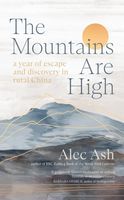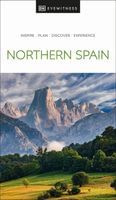Overview
A groundbreaking new look at Himalayaand how climate change is re-casting one of the world's most uniquegeophysical, historical, environmental, and social regions. More rugged and elevated than any other zone on earth, Himalaya embraces all of Tibet, plus six of the world's eight major mountain ranges and nearly all its highest peaks. It contains around 50,000 glaciers and the most extensive permafrost outside the polar region. 35% of the global population depends on Himalaya's freshwater for crop-irrigation, protein, and, increasingly, hydro-power. Over an area nearly as big as Europe, the population is scattered, often nomadic and always sparse. Many languages are spoken, some are written, and few are related. Religious allegiances are equally diverse. The region is also politically fragmented, its borders belonging to multiple nations with no unity in how to address the risks posed by Himalaya's environment, including a volatile, near-tropical latitude in which temperatures climb from sub-zero at night to 80F by day. Himalaya has drawn an illustrious succession of admirers, from explorers, surveyors, and sportsmen, to botanists and zoologists, ethnologists and geologists, missionaries and mountaineers. It now sits seismically unstable, as tectonic plates continue to shift and the region remains gridlocked in a global debate surrounding climate change.Himalaya is historian John Keay's striking case for this spectacular but endangered corner of the planet as one if its most essential wonders. Without an other-worldly ethos and respect for its confounding, utterly fascinating features, John argues, Himalaya will soon cease to exist.
Details
ISBN
9781408891148
Binding
Trade paper
Pages
432
Release Date
10/01/2023
2023-01-10T11:00:00+11:00







